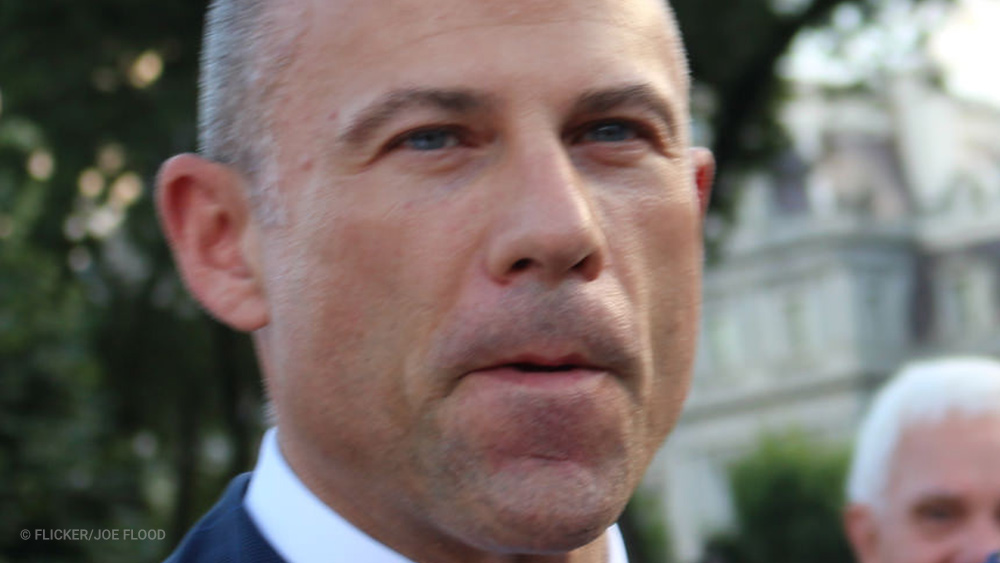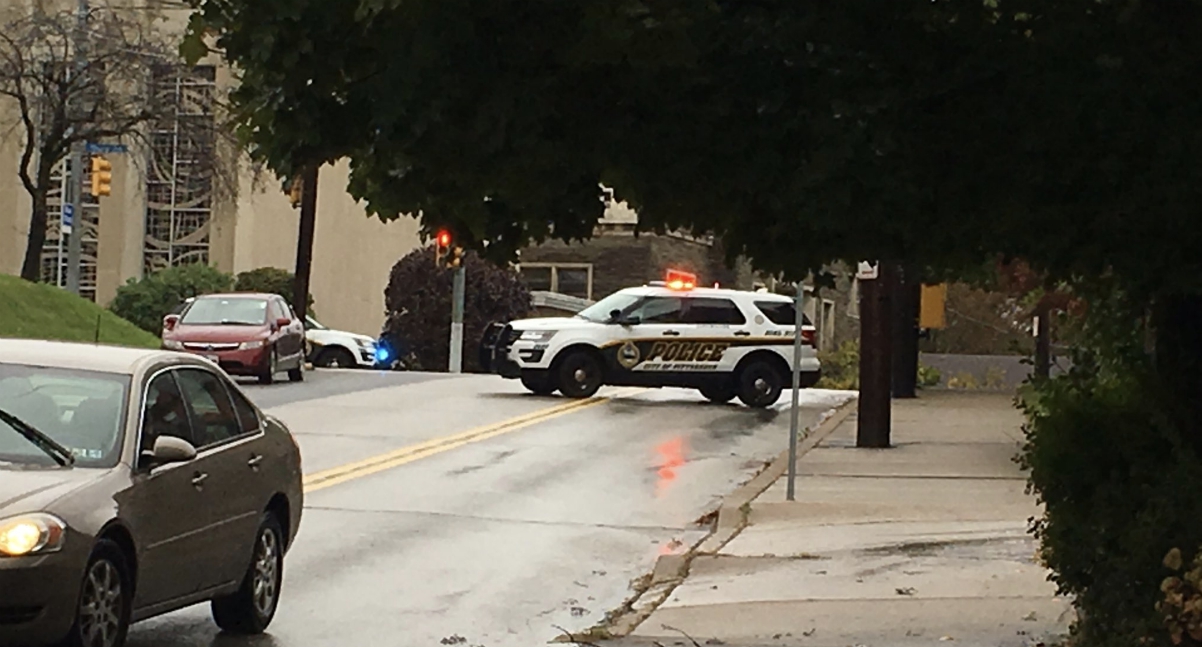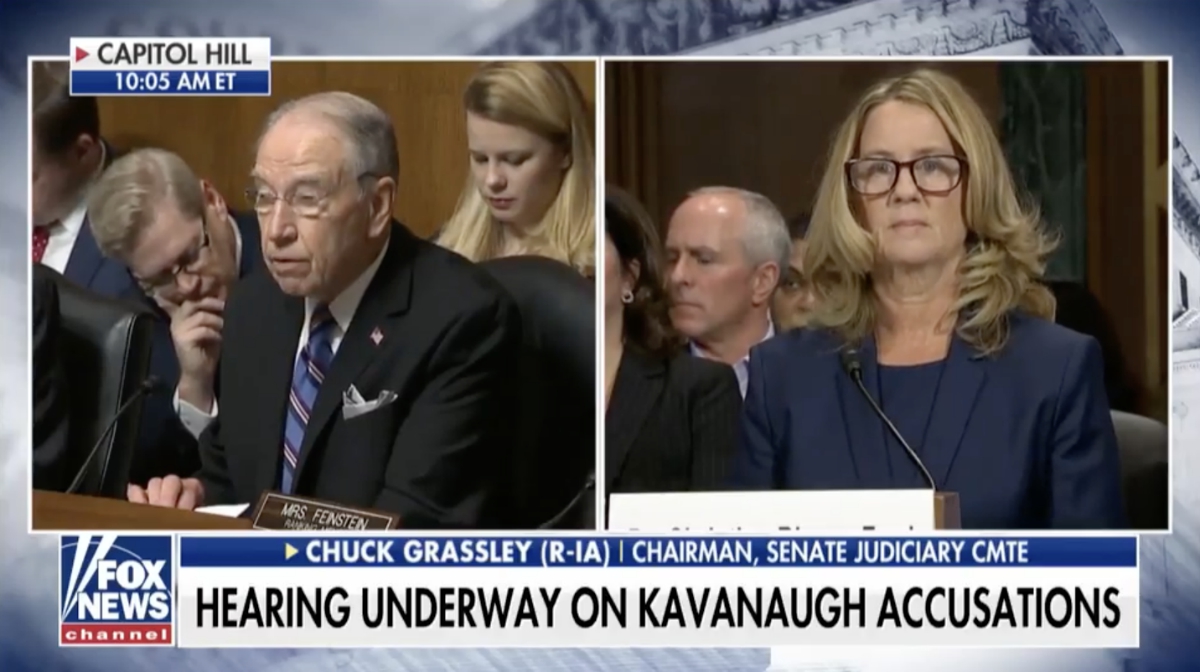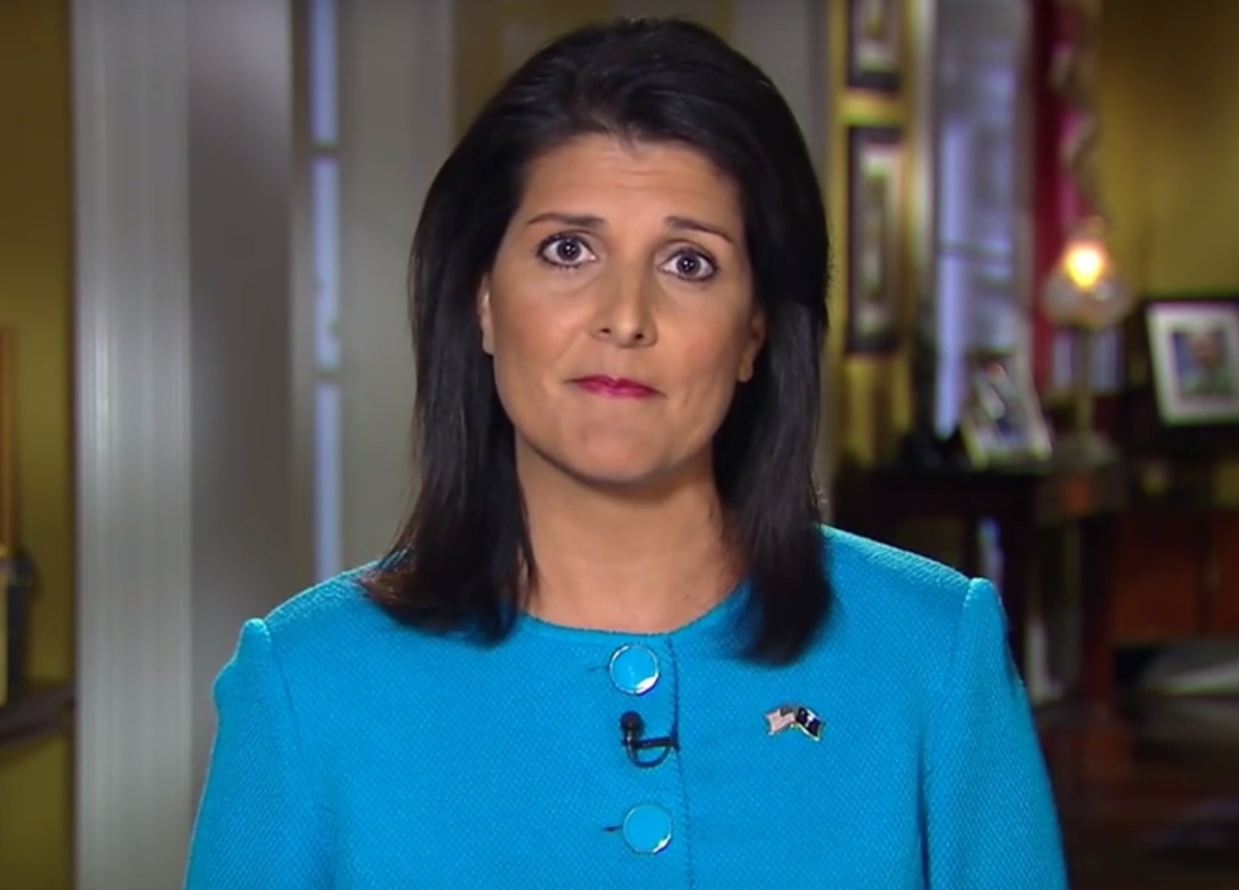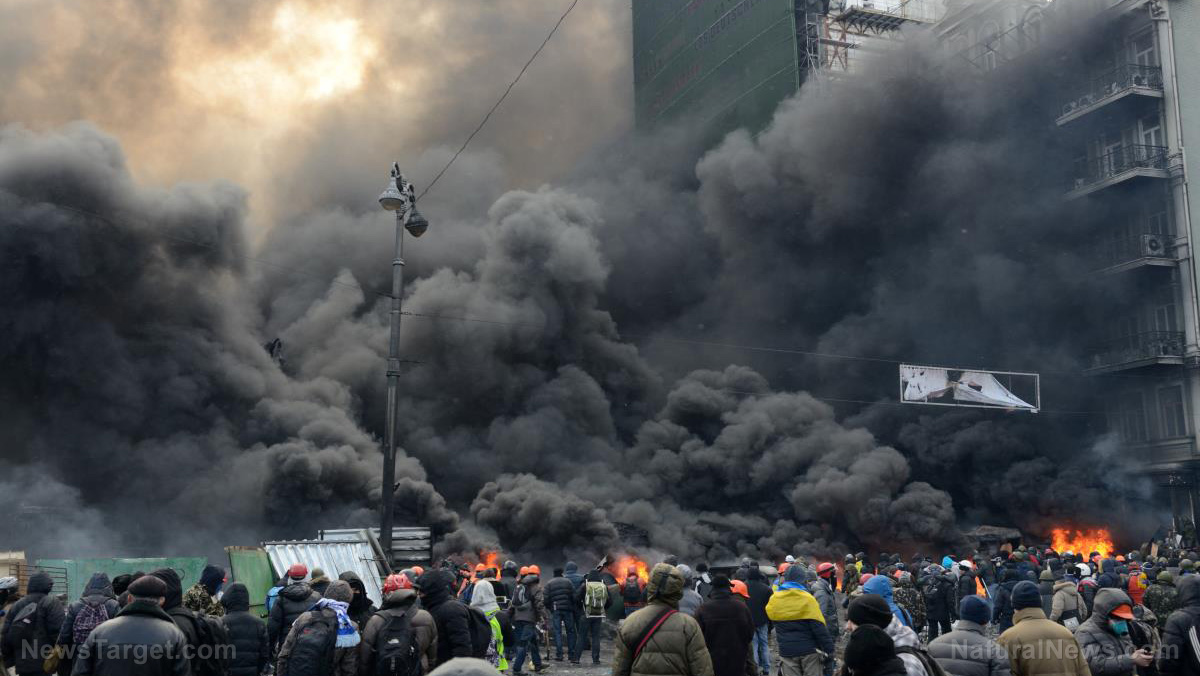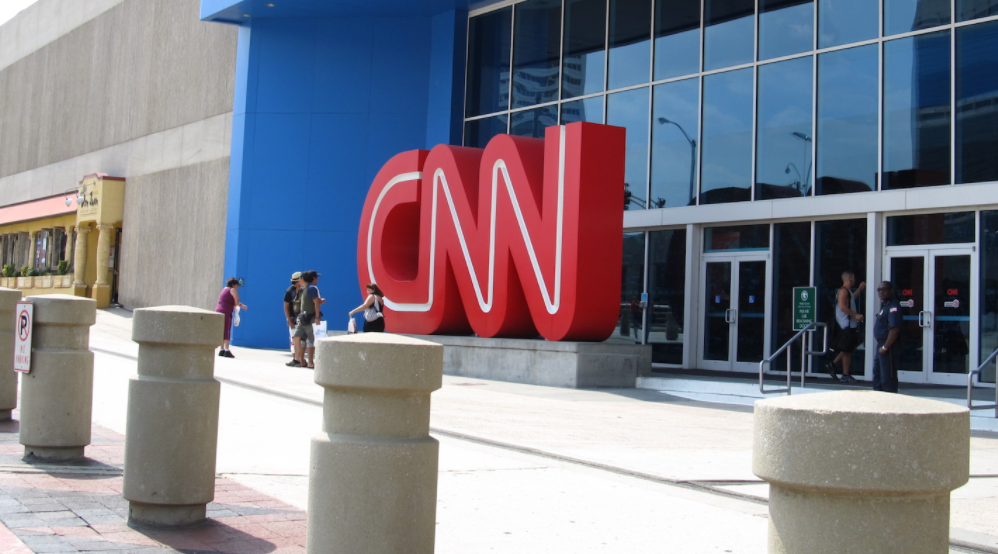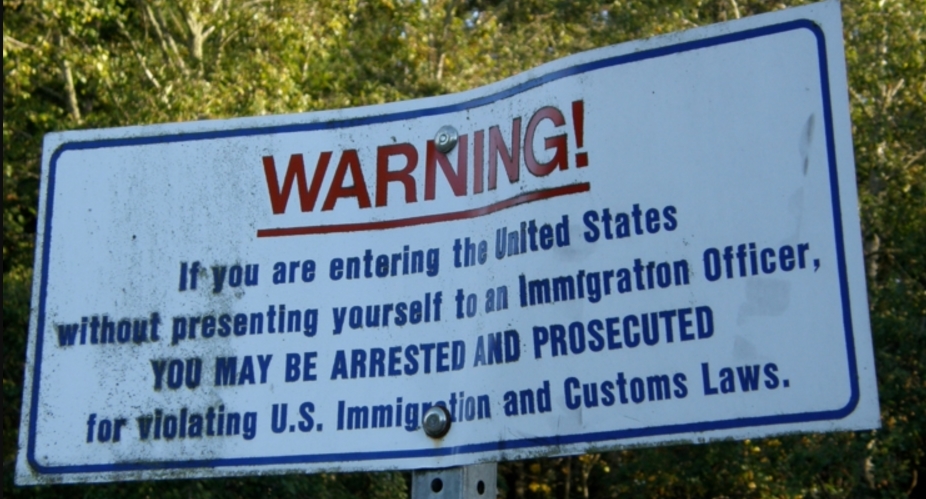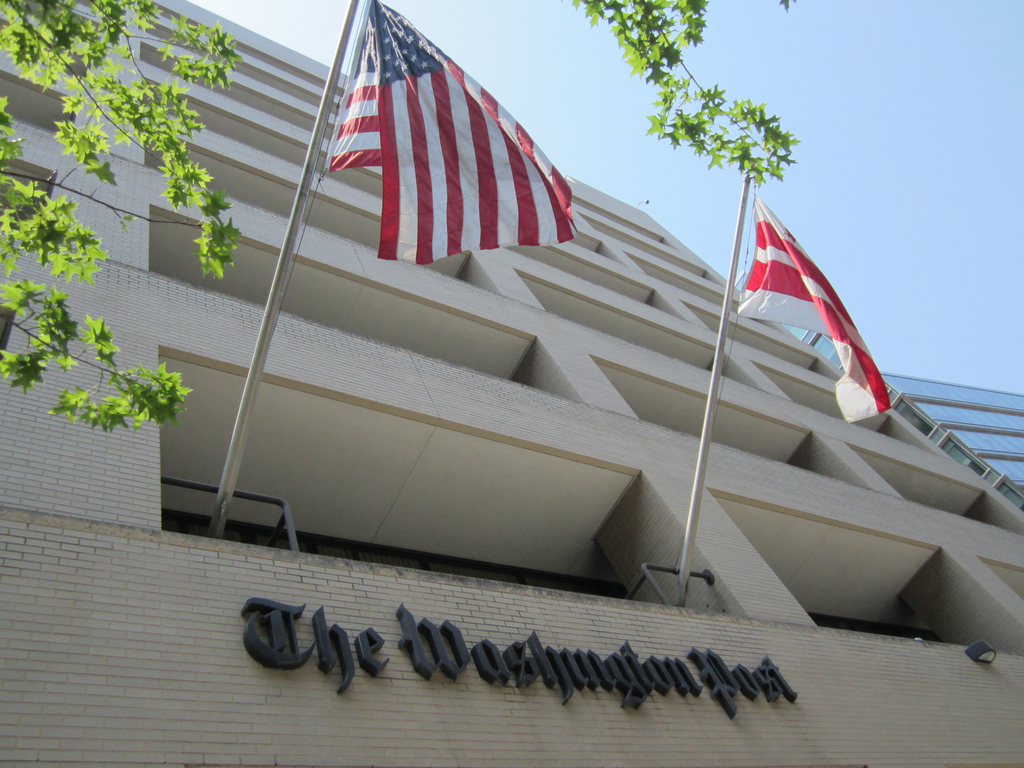California wildfires were caused by irresponsible development more than weather, according to expert
11/17/2017 / By Isabelle Z.
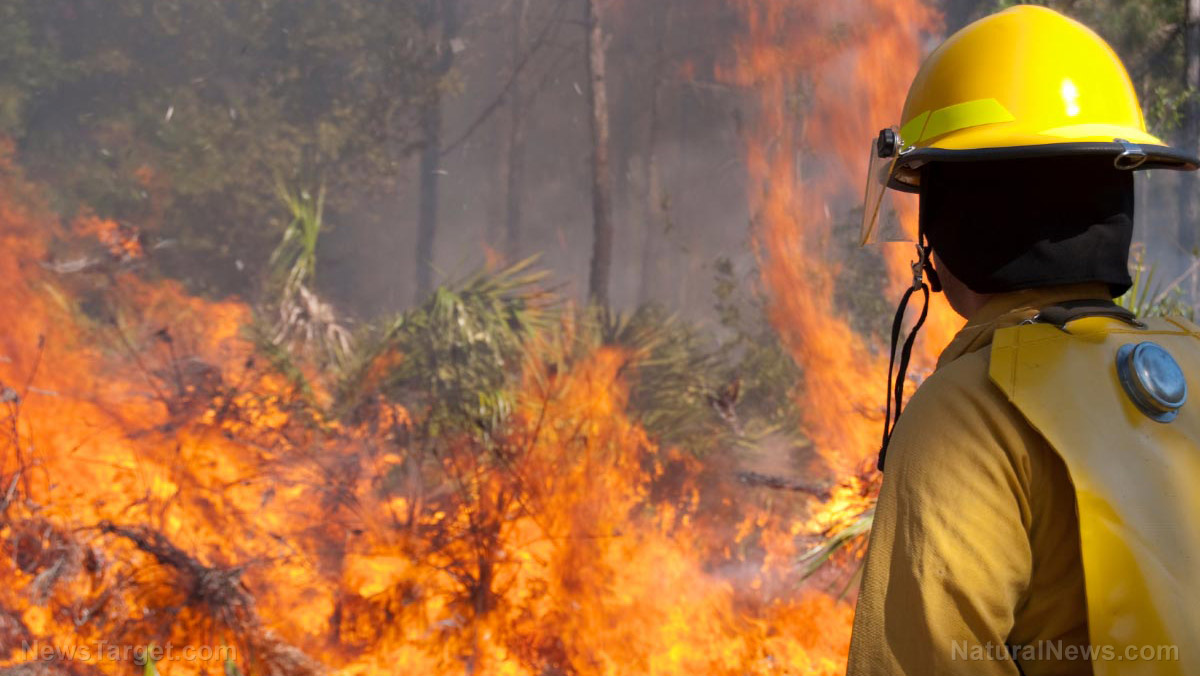
The wildfires that recently hit the famous Wine Country area of Northern California will go down in history as the most damaging wildfire event in the state. The fire that killed 42 people and destroyed 8,000 structures was attributed by many to environmental factors like strong winds, high temperatures, and abundant vegetation, but some experts are providing a much different explanation.
Writing in The Conversation, University of Colorado Denver Associate Professor of Geography and Environmental Studies Gregory L. Simon says that the weather explanation is simplistic and possibly even dishonest because it ignores the “social-ecological fuse” that he says is behind these dangerous and expensive disasters. He has researched the role of urban development in fires in the western part of the country for many years, and he says the most common explanation is actually a pretty poor one.
He points to a news article on CNN that pins the fire on four factors. Dry, strong easterly winds that were blowing as the fire ignited combined with low humidity and several months without rainfall are the main factors, along with the fact that three of the biggest fires broke out at bedtime, delaying emergency response. Moreover, the CNN piece cites an accumulation of dead vegetation surrounding the homes as well as pine beetle infestations as making the landscape especially vulnerable to being ignited by flying embers. This, they said, created a “perfect storm” of conditions for the fires.
Simon says that the media and experts alike are too quick to blame the weather alone, completely ignoring the policies and institutions that help create dense human settlements on these landscapes. For example, he says that the areas in the wildland urban interface (WUI) have seen their populations grow by 300 percent in just the last 50 years. In 2012, 46 million homes were located in the WUI, a number that is expected to reach 54 million by the year 2022. WUIs are areas where vegetation and housing intermix or are very close together.
He said that significant portions of the land affected by the Wine Country Fires were not originally in the “Very High Fire Risk” zone. Therefore, the building codes were relatively relaxed and did not have fire safety provisions. On top of that, infrastructure got in the way of emergency response, with exposed power lines, narrow roads and insufficient water conveyance systems all slowing them down.
Is this only the beginning?
Simon only sees this problem getting worse given how lucrative suburban landscapes are. Property developers, construction workers, landholders, and property tax offices at the city and county level all stand to profit when new homes go up in these areas.
Unfortunately, the fall fire season in California is just getting underway, and much more could well be in store for us. In fact, the Los Angeles Times reports that this year’s fire season could be one of the most destructive the state has ever seen.
A study in 2015 found that wildfires that occur during the season of the Santa Ana winds, which runs from late September until the end of December, cause much more structural damage than summer fires. Eight of the state’s deadliest fires took place in fall.
The L.A. Times also acknowledged the role urbanization is playing in the problem, admitting that the close proximity of wildlands and private properties gives fires the chance to spread quicker and destroy more property.
UC Berkeley Fire Science Professor Scott Stephens said: “We could do better on land-use planning and how we build communities and where we place them. In Northern California, there’s an underappreciation of communities’ vulnerability to fire.”
Stephens says that those who live in WUI areas should meet with local fire officials to set up some contingency plans before wildfires strike.
Sources include:
Tagged Under: building codes, California, California wildfires, climate change propaganda, environment, fire safety, fires, overpopulation, risk zones, Santa Ana winds, urbanization, wildfires, wildland urban interface, Wine Country, WUIs




